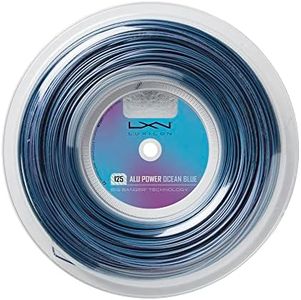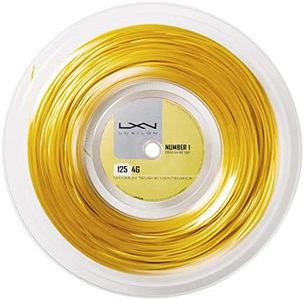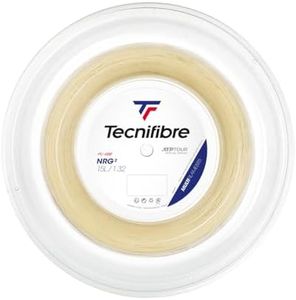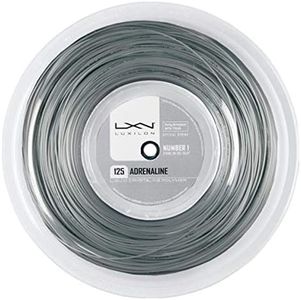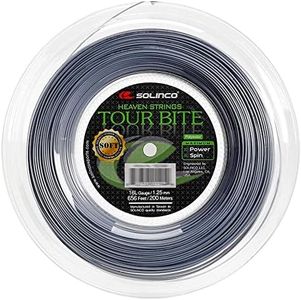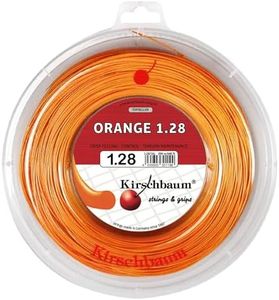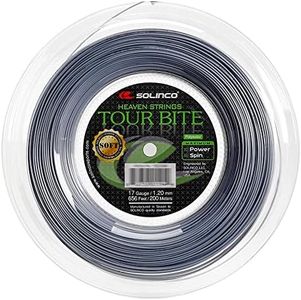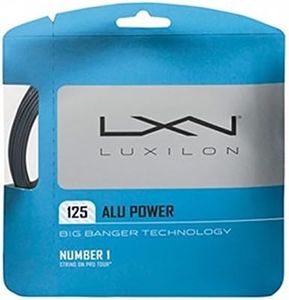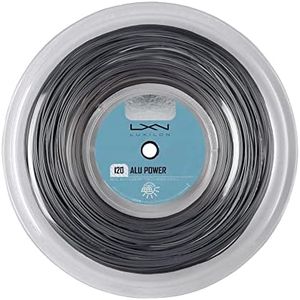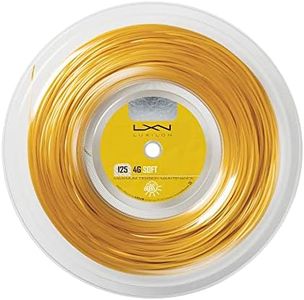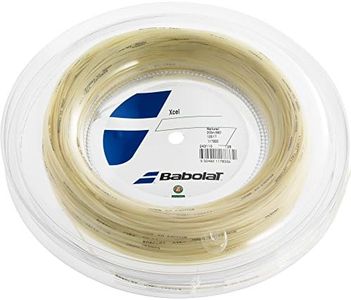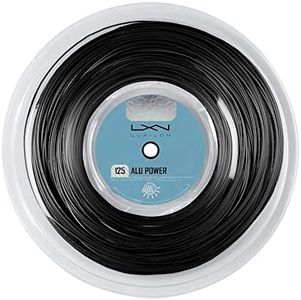We Use CookiesWe use cookies to enhance the security, performance,
functionality and for analytical and promotional activities. By continuing to browse this site you
are agreeing to our privacy policy
10 Best Tennis Strings
From leading brands and best sellers available on the web.By clicking on a link to a third party's website, log data is shared with that third party.
Buying Guide for the Best Tennis Strings
Buying tennis strings can have a big impact on your game since the string type influences how much power, control, comfort, and spin you get. The way a racket feels and performs is largely determined by the strings, so taking the time to select the right type based on your skill level, playing style, and preferences is key. Before making your choice, think about what you want to improve in your game: Do you want more comfort, more durability, extra spin, or better control? Knowing your priorities, and how often you play, will help you identify which features and specs to focus on.String MaterialString material refers to the substance or blend the string is made of and controls how much power, spin, comfort, and durability you get. Common materials are natural gut, synthetic gut, polyester, and multifilament. Natural gut offers the best comfort and feel but is rare and less durable. Synthetic gut is an all-around performer, giving a mix of qualities for recreational players. Polyester is best for power hitters who need control and durability but can be stiff on the arm. Multifilament balances comfort and power and is great for those who want softness and decent playability. Your play style, how much you value comfort vs. durability, and how sensitive your arm is should guide you to the material that suits you best.
Gauge (Thickness)Gauge means how thick or thin the string is, and it is measured by numbers where a lower number is thicker and a higher number is thinner. Typical gauges range from 15 (thickest) to 18 (thinnest). Thicker strings (lower gauge, e.g., 15-16) last longer but give less spin and feel. Thinner strings (higher gauge, e.g., 17-18) provide better feel and more spin, but tend to break faster. If you break strings frequently, go thicker. If you want more spin or sensitivity, go thinner. Beginners often go somewhere in the middle for a balance between playability and longevity.
TensionTension is how tightly the strings are pulled in your racket, typically measured in pounds or kilograms. Higher tension gives more control and less power, while lower tension gives you more power and a softer feel but less precision. Players who generate their own power usually like higher tension for accuracy, whereas those seeking easier power or comfort should try lower tension. Most rackets have a recommended tension range, and staying within that is safest. Experimenting a bit within that window based on your skill level and preferences helps find your sweet spot.
String ConstructionString construction is how the string is made: it could be a solid core with single wrap (basic), multiple wraps (better comfort), or many filaments twined together (multifilament), or a textured/coated design for extra spin. Construction influences how the string feels, how long it lasts, and how much spin you can create. Those seeking comfort and power might go for multifilament or soft construction, while players wanting spin may try textured or shaped strings. Think about whether you need durability, feel, or extra grip on the ball to guide your choice here.
DurabilityDurability reflects how long the string will last before breaking or losing its performance traits. Thick, polyester strings tend to last the longest, while thin, natural gut or multifilament strings may break or lose tension faster. If you're an aggressive hitter, a frequent player, or someone who breaks strings a lot, prioritize durability. If you don’t play often or value feel over lifespan, you might choose something less durable but more comfortable.

